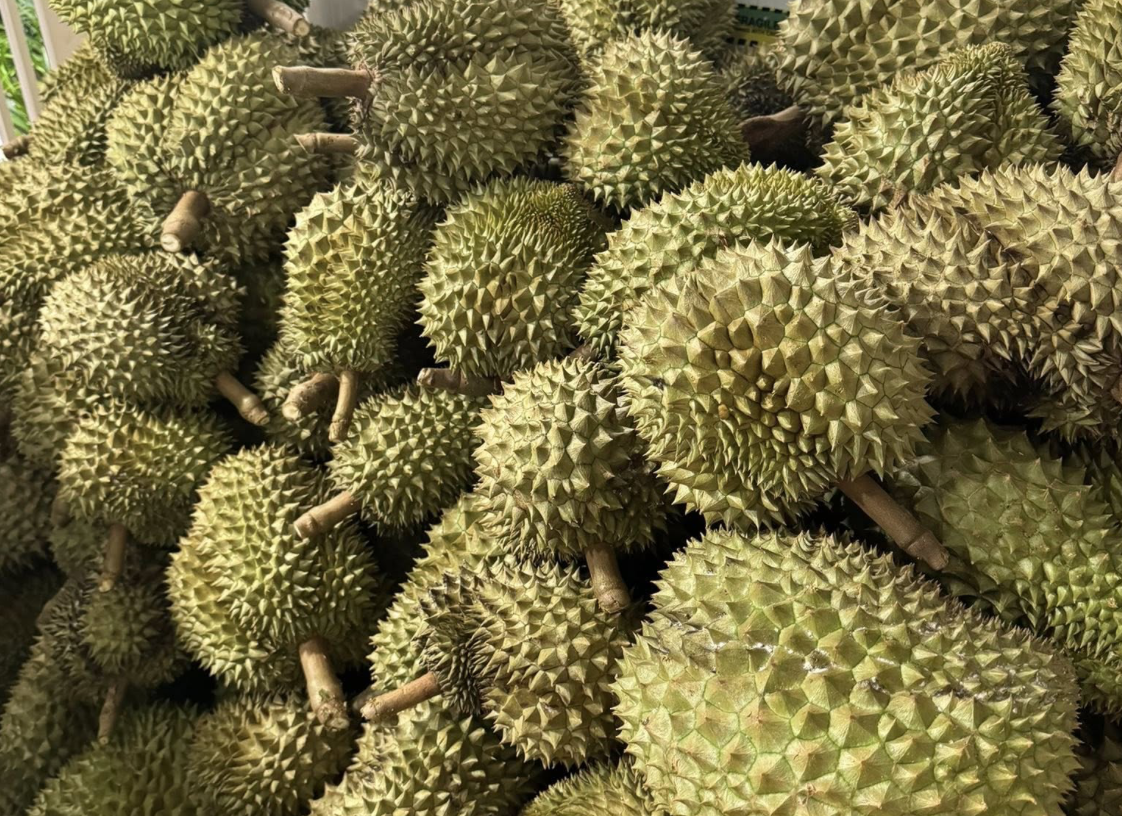In light of recent scrutiny over the presence of banned substances auramine O and cadmium in durians exported to China, the president of the Dak Lak Durian Association has written an open letter to the Minister of Agriculture and Environment, highlighting ongoing issues in the multi-billion-dollar industry.
Struggling to secure code approvals for customs clearance

In his letter, Vu Duc Con, President of the Dak Lak Durian Association, emphasized that China remains the primary market for Vietnam’s fresh fruit exports, including durians.
Since Vietnam signed the phytosanitary protocol to officially export fresh durians to China, enterprises, cooperatives, and farmers have been optimistic about streamlined export operations and increased profitability.
Durian exports generated USD 3.2 billion in 2024, underscoring the sector’s strong potential and the need for systematic investment - from developing designated growing regions and certified packaging facilities that meet the importer's food safety standards to transparent export procedures and traceable product origins.
Con revealed that since early 2024, China has detected cadmium in durians from both Vietnam and Thailand. Additionally, Thai durians were found to contain auramine O (a potential carcinogen) in late 2023.
As a result, Chinese customs now require all shipments to include test certificates for both cadmium and auramine O.
Shipments found to contain these banned substances will lead to the suspension of the corresponding packing facility and growing area codes.
To date, China has revoked around 55 plantation area codes and 61 packaging facility codes from Vietnam. Notably, since September 2023, Vietnam's Plant Protection Department (now the Department of Crop Production and Plant Protection) has continuously proposed new growing regions and packaging facilities, but none have been approved by the Chinese side.
Vietnam now has a total of 150,000 hectares of durian plantations, but only about 20 percent have received the necessary export codes - far below the country's actual export capabilities.
The Dak Lak Durian Association president also pointed out that while China has approved several laboratories for testing auramine O and cadmium in export shipments, the frequent code suspensions have created significant challenges in testing procedures.
Exporters are struggling to identify and connect with certified laboratories for each shipment.
According to the association’s leadership, the Central Highlands - Vietnam's durian hub - is approaching peak harvest season with a substantial yield. In Dak Lak alone, production this year is estimated at 500,000 tons.
Without resolving the issues around banned substance testing and control, durian exports could face severe disruptions.
Designating red alert zones for violating plantations
In response to these challenges, the Dak Lak Durian Association has urged the Ministry of Agriculture and Environment to review and reassess the implementation of plantation and packaging facility codes for exports to China.
They also recommend developing legal regulations governing the issuance and management of these codes to ensure a transparent and supportive framework for export activities, while enforcing accountability for any violations.
This approach would help safeguard the sector’s export potential and the reputation of Vietnamese agricultural products.
For plantations with a high risk of contamination and confirmed violations based on official investigations, authorities should designate them as red alert zones. Remedial measures should then be implemented at the cultivation level.
Public awareness campaigns are also needed to educate farmers on safe agricultural practices, food safety, and consumer health.
The ministry is encouraged to set standards for export-quality durians, along with domestic market benchmarks. It should also leverage scientific and technological methods to determine optimal harvest maturity, and perform food safety assessments for each region and farm before products are exported or sold domestically.
For export shipments found to contain banned substances, regulatory authorities should take decisive action. If contaminant levels exceed safe thresholds and pose health risks, the products should be destroyed rather than redirected to the domestic market. Such a deterrent is essential to enhance compliance among producers.
While awaiting official intervention, Vu Duc Con shared that the association has partnered with the Western Highlands Agriculture and Forestry Science Institute.
In the short term, they plan to collect samples to assess cadmium and auramine O contamination levels across Dak Lak, and to identify the sources of contamination. Long term, they aim to establish a regional quality standard to proactively manage durian product safety.
Tam An